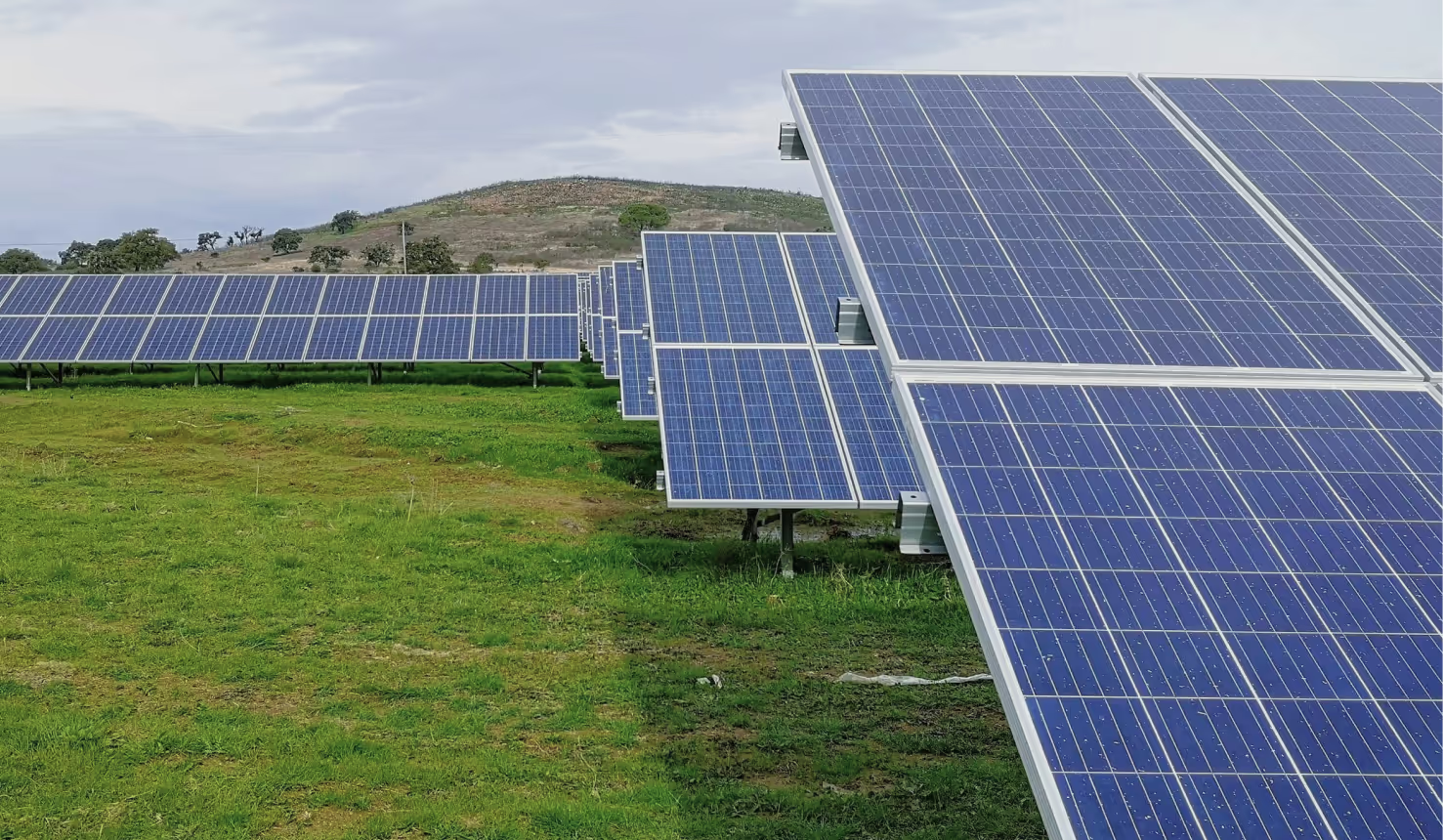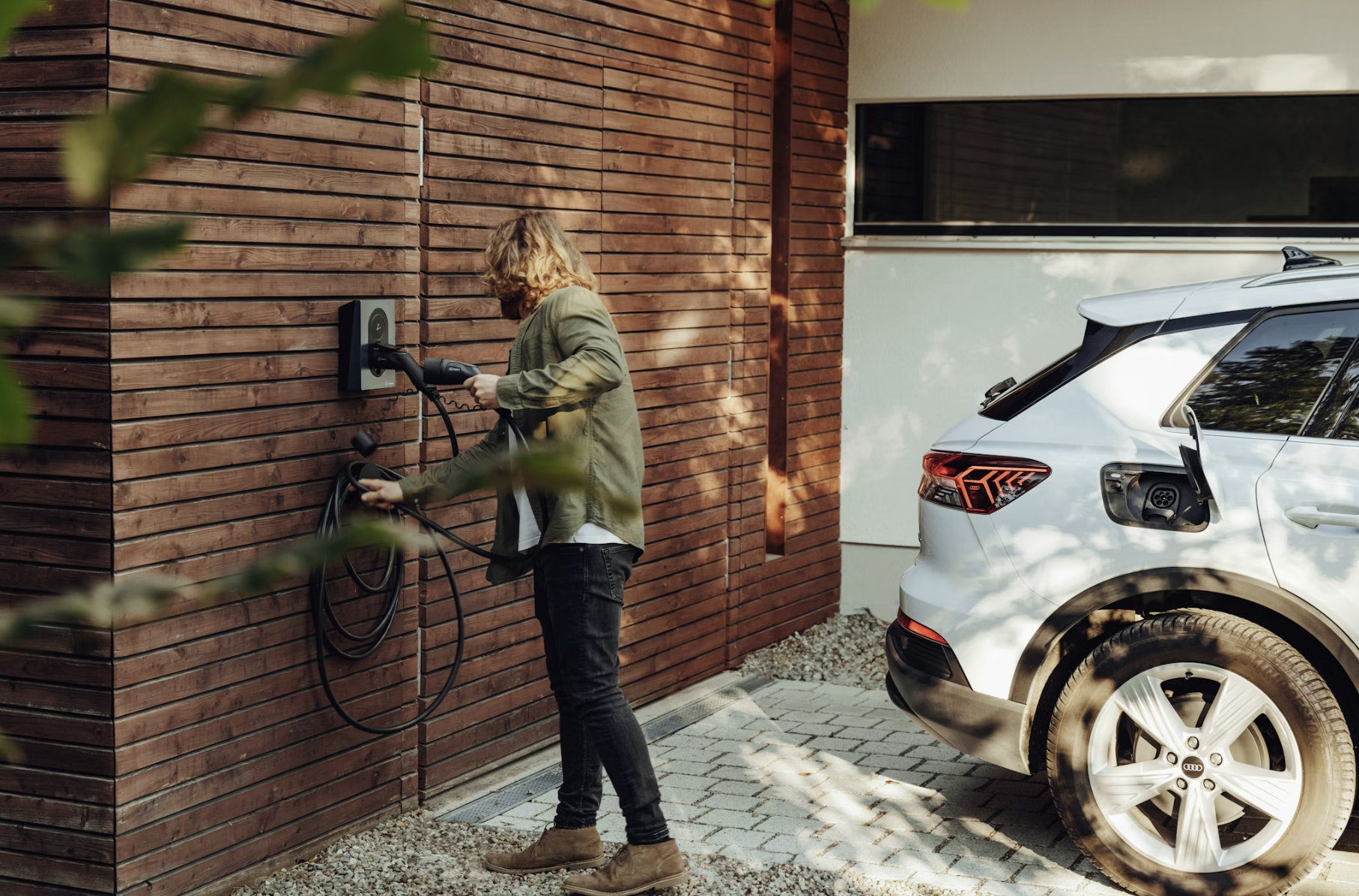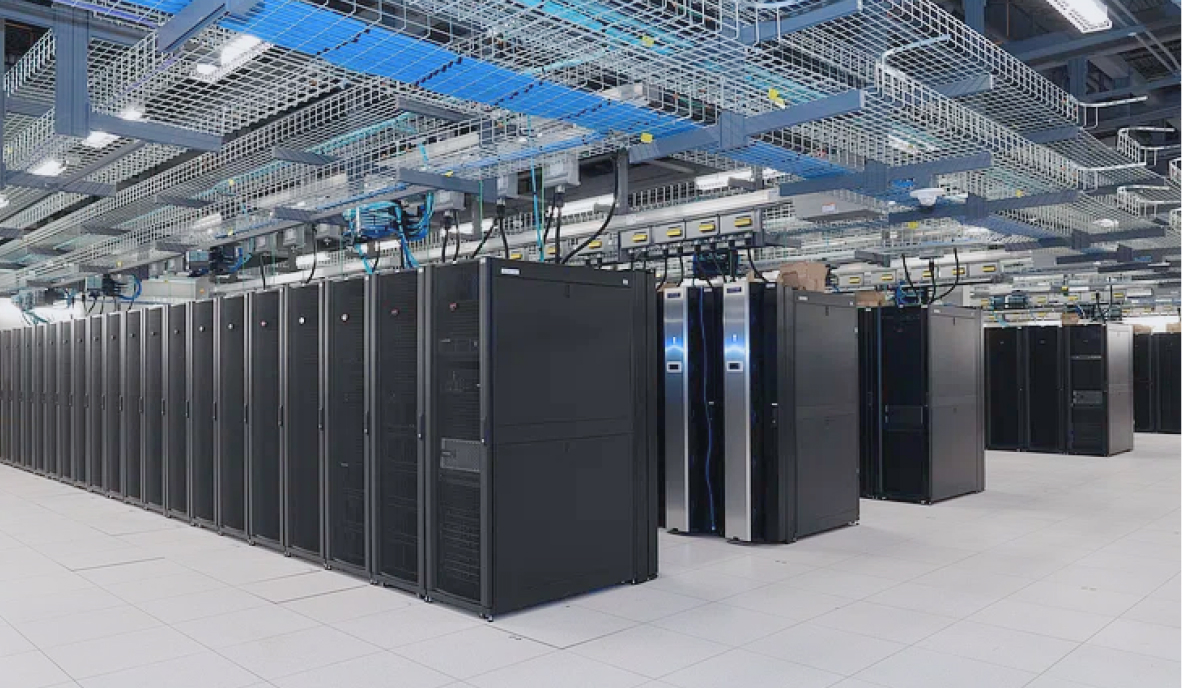Find Out if Community Solar is an Option for You

Join the community





If you're interested in switching to green electricity but lack the time, capacity, or access to install a ton of solar panels on your roof, community solar could be a great option.
What is community solar?
Community solar allows people to benefit from solar energy without needing to install solar panels on their rooftops. Instead, you can get clean electricity from larger arrays of solar panels that are usually located nearby.
It is a great option for those who may not have a clear view of the sky, own their home, or have a suitable roof.
It is also more accessible for those who do not have the upfront funds to invest in solar energy, but want to replace fossil fuels with cleaner sources of electricity.
In addition to helping you transition to clean electricity sources, community solar can also save you money on your electricity bills. According to the Department of Energy, you can expect to save around 10% of your energy costs per year. Based on the U.S. Energy Information Administration's 2021 data, this could translate to an average annual savings of approximately $150 if you live in California or New York.
Local solar farms are typically owned by nonprofit organizations, third-party companies, or utilities. They can be located on public buildings or private lands. There are three broad types of community solar projects:
- Utility-sponsored model: The utility offers a community solar array for customers to participate in voluntarily.
- Special purpose entity model: People come together to form a business and develop a community solar project.
- Non-profit model: A non-profit organization runs a solar project for the benefit of its members and donors.
Two ways to use community solar
There are two types of community solar projects: ownership and subscription. Ownership allows participants to purchase panels or a portion of the project. Participants receive electric bill credits from all of the power produced by the solar panels they own.
A subscription-based model lets you become a subscriber and pay a lower price on your electric bill each month without needing to own any panels or a share of the project. You simply purchase electricity at a lower rate than you would from your utility.
Both formats make it possible for more people to access the benefits of solar power while locking in savings on their electricity bills every month.
Commons recommends using Arcadia to easily opt into community solar.
Finding community solar projects in your area
As of December 2021, community solar projects are located in 39 states, and 22 states, plus Washington, D.C., have policies that support community solar.
You can find the updated list of community solar projects here. You can also use the Energy Sage solar marketplace to find community solar projects in your area. Services like Arcadia make it easy to make the switch.
Switching to renewable energy and off of fossil fuels is a crucial part of a low-carbon future, and community solar is a fantastic option to make the switch at home.







.jpg)




